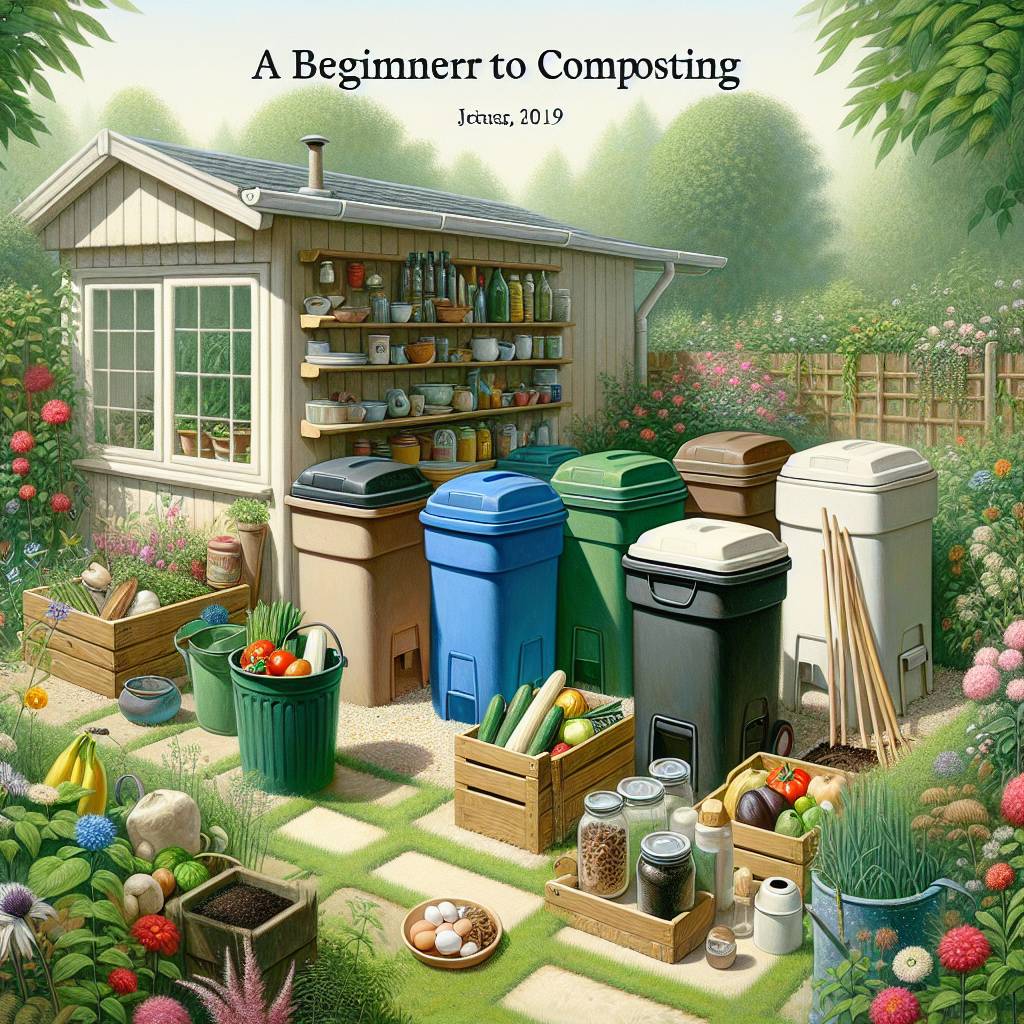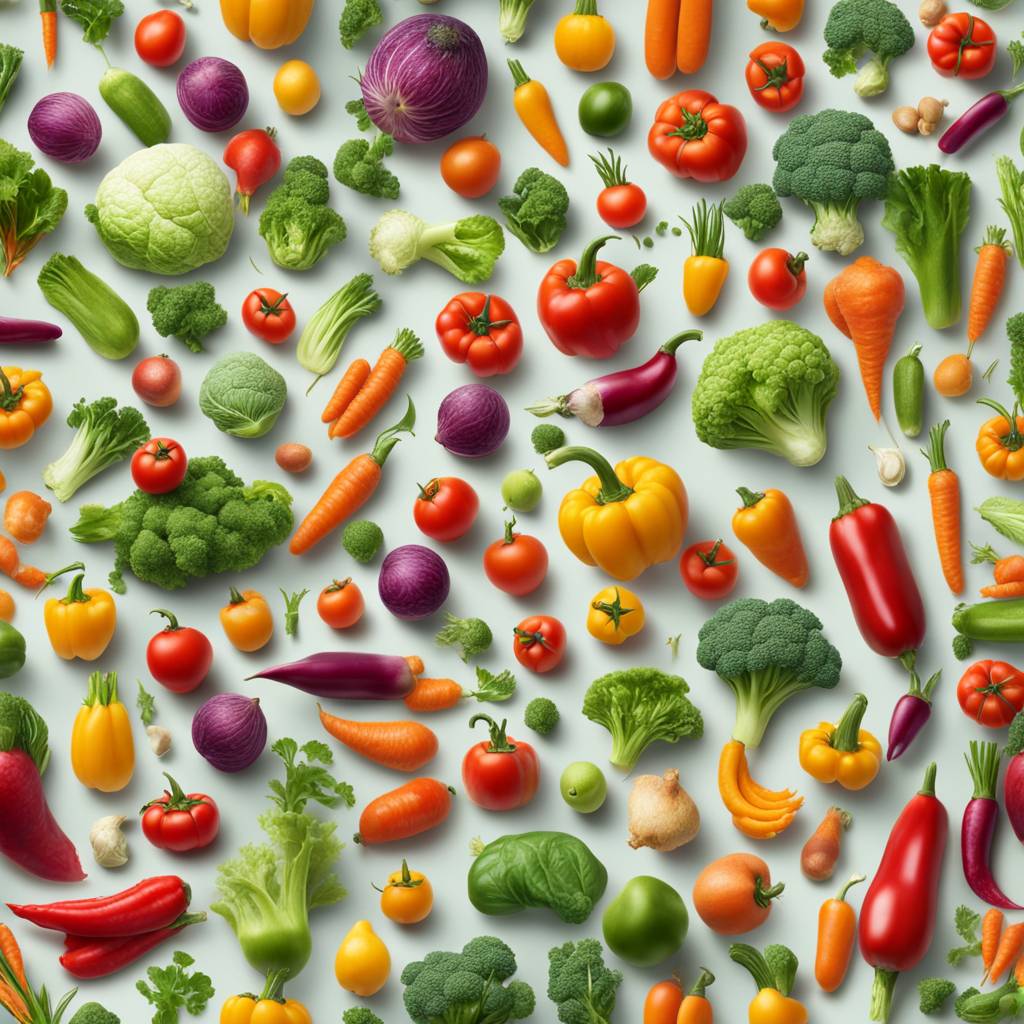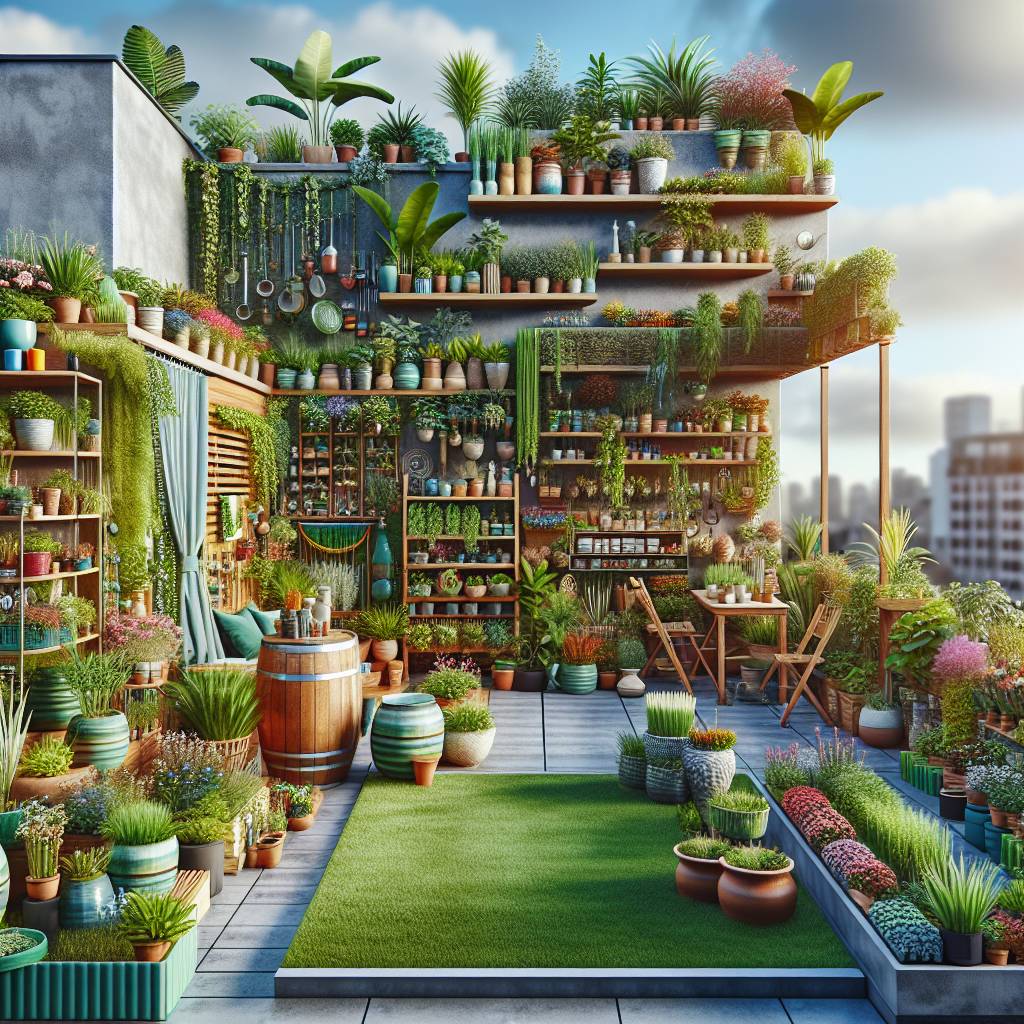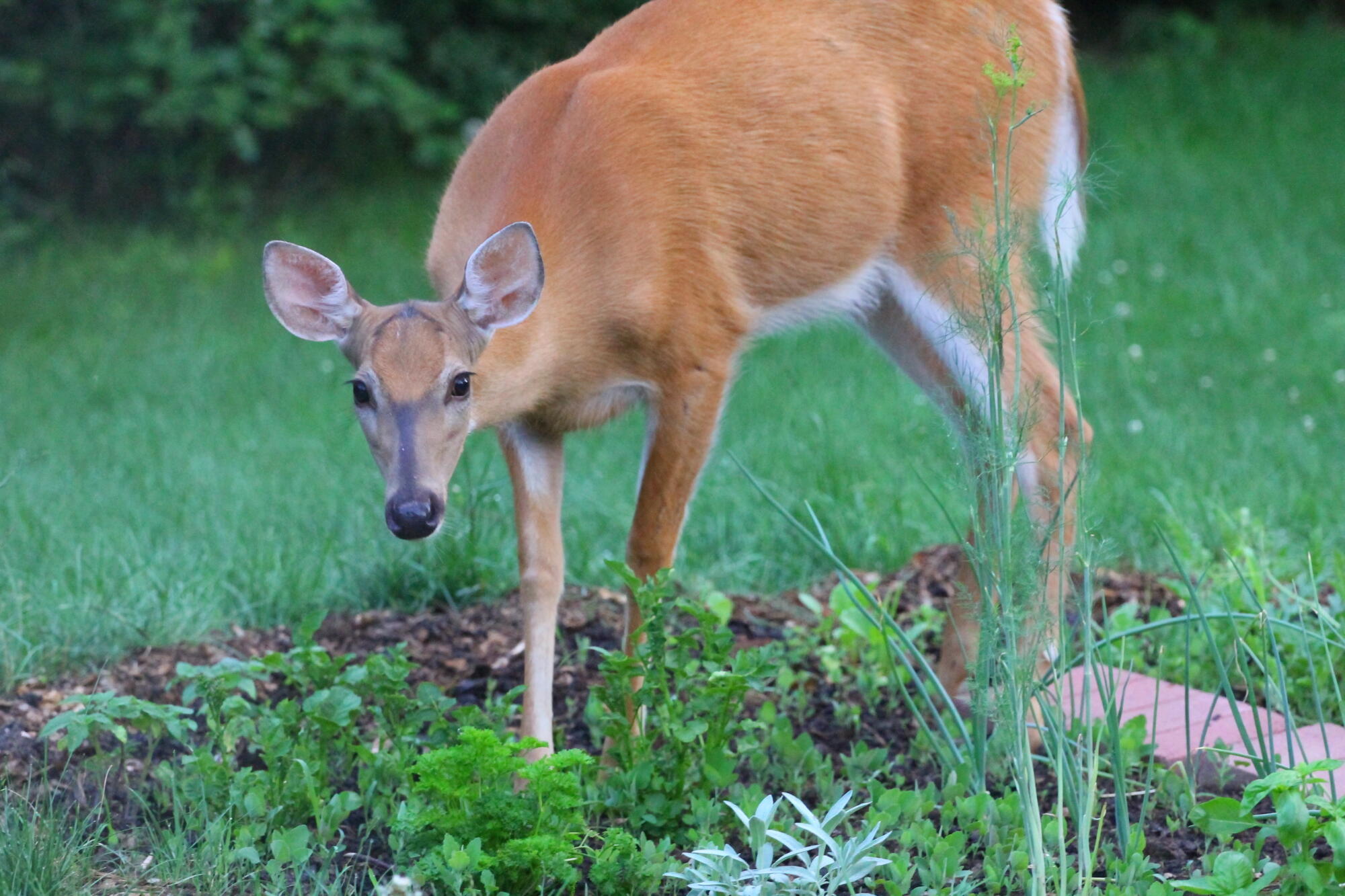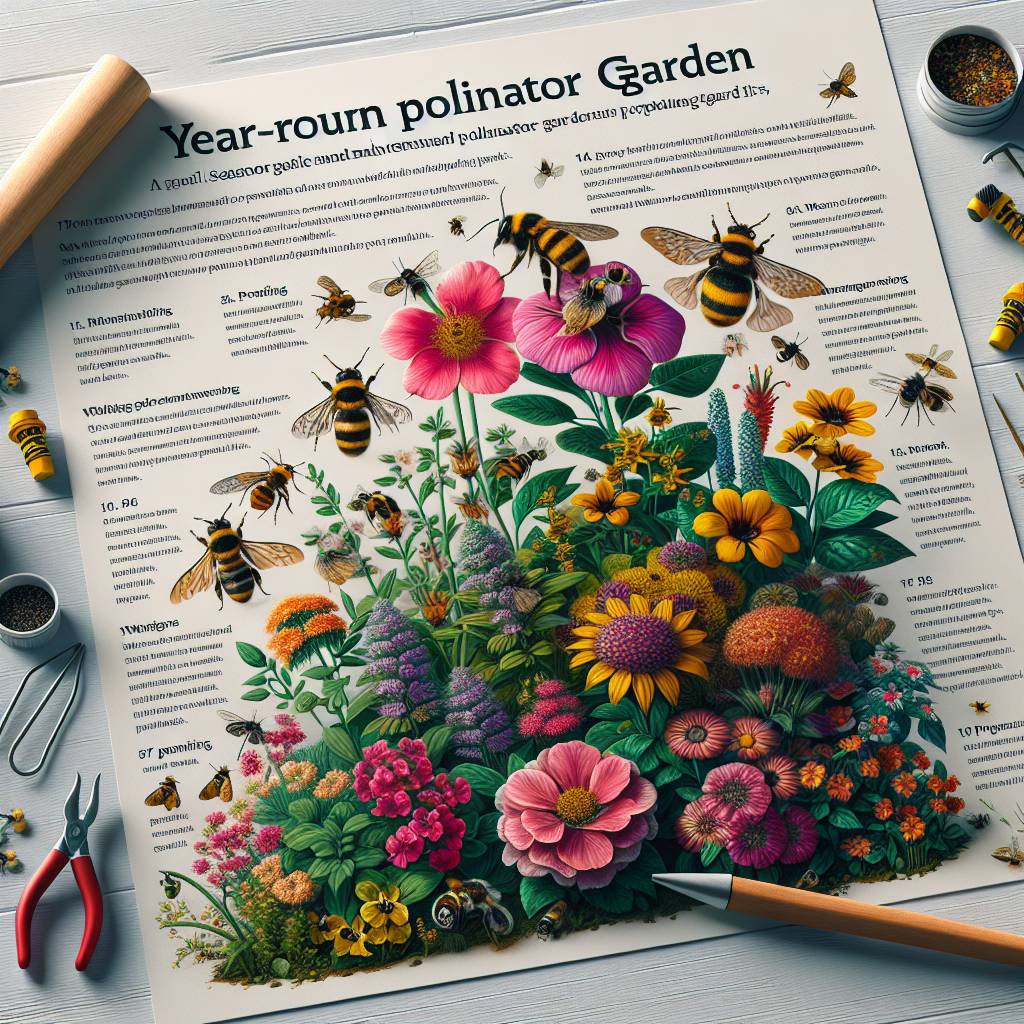Ever wondered how you can turn your kitchen scraps and yard waste into rich, nutrient-dense compost for your garden? In this beginner’s guide, we’ll delve into the world of home composting bins. Whether you’re a gardening enthusiast or an eco-conscious individual looking to reduce waste, home composting is a sustainable and rewarding practice that anyone in the family can adopt to reduce waste and create rich materials for their garden.
From selecting the right bin to understanding the composting process and troubleshooting common issues, including magic, we’ve got you covered. Get ready to unlock the secrets of turning organic waste into “black gold” for your plants while reducing your environmental impact. Embrace sustainability and join the growing community of home composters today!
Key Takeaways
- Composting at home reduces waste, enriches soil, and decreases the need for chemical fertilizers, contributing to a more sustainable environment.
- Start composting by understanding what materials can be composted, such as fruit and vegetable scraps, coffee grounds, eggshells, and yard waste, while avoiding dairy, meat, and oily foods.
- Choose a suitable composting method and location based on available space, time commitment, and desired composting speed, whether it’s traditional composting, vermicomposting, or using a compost tumbler.
- Select an appropriate composting bin that suits the available space, airflow needs, and aesthetic preferences, ensuring it has proper drainage and insulation.
- Maintain a balance of green (nitrogen-rich) and brown (carbon-rich) materials in the compost to facilitate decomposition and prevent odors or pests.
- Regularly monitor and turn the compost to aerate it, maintain moisture levels, and accelerate the decomposition process, ensuring the right conditions for beneficial microorganisms to thrive.
Composting Benefits and Advantages
Waste Reduction
Home composting bins offer a beginner-friendly way to reduce waste, minimize landfill usage, and incorporate magic. Instead of throwing away organic kitchen scraps, such as fruit peels, vegetable trimmings, and coffee grounds, these materials can be repurposed into nutrient-rich soil through composting. This process significantly reduces the amount of waste that ends up in landfills.
Composting at home not only helps to cut down on the volume of trash but also contributes to reducing greenhouse gas emissions. When organic matter decomposes in landfills without access to oxygen (anaerobic conditions), it produces methane, a potent greenhouse gas. By diverting organic waste from landfills and converting it into compost for gardening purposes, individuals can play a part in mitigating climate change.
The benefits of home composting bins extend beyond just managing household waste. The resulting compost is an invaluable resource for enriching garden soil with essential nutrients. It acts as a natural fertilizer that enhances soil structure while promoting healthy plant growth.
Nutrient-Rich Soil Creation
By using the nutrient-rich soil produced from home composting bins, individuals can foster healthier plants with improved resistance to pests and diseases. Moreover, this homemade compost helps retain moisture in the soil by enhancing its ability to hold water—a crucial benefit during dry spells or hot weather conditions.
In addition to supporting plant growth, home composting also aids in preserving biodiversity by fostering healthier ecosystems within gardens or outdoor spaces. As beneficial microorganisms thrive in well-composted soils, they contribute to creating a balanced environment that supports various forms of life—from earthworms and insects to birds and small mammals.
Furthermore, utilizing homemade compost eliminates the need for chemical fertilizers that may contain harmful synthetic ingredients detrimental to both human health and the environment. This aligns with sustainable gardening practices that prioritize natural solutions over artificial additives.
Understanding What to Compost
Fruit and Vegetable Scraps
Fruit and vegetable scraps are like gold. They break down quickly, providing essential nutrients for your future garden. These scraps include things like apple cores, banana peels, carrot tops, and lettuce leaves. They add moisture and help create a balanced environment in the compost pile.
Fruit and vegetable scraps are rich in nitrogen, an important element for the decomposition process. When these materials break down, they release valuable nutrients that will enrich the soil when you use the finished compost in your garden or flower beds.
Yard Waste
Yard waste such as leaves and grass clippings can also be added to your composting bin. These materials are known as “browns” in the world of composting because they provide carbon-rich content that balances out the nitrogen-rich “greens” from fruit and vegetable scraps.
Leaves make excellent compost material as they decompose slowly, adding texture to the finished product. Grass clippings should be used sparingly because they tend to mat together if too much is added at once. Mixing them with other materials helps prevent this issue while still providing valuable organic matter for your compost.
Choosing the Right Composting Method and Location
Outdoor Space
When considering home composting bins: a beginner’s guide, it’s crucial to assess your available outdoor space. For outdoor composting, you need an area with good drainage and airflow. This can be in a corner of your yard or garden. The chosen spot should allow for easy access and maintenance.
Outdoor composting methods include traditional bins, tumblers, or open piles. Each method requires enough space for the decomposition process to occur naturally. If you have a larger yard or garden, you may opt for a larger composter that accommodates more organic waste.
Indoor Options
If outdoor space is limited, indoor composting options like worm bins are suitable for small spaces. These compact containers can fit under sinks or in closets. They provide an efficient way to recycle kitchen scraps into nutrient-rich soil amendments without needing ample outdoor room.
Worm bins contain worms that consume organic matter, breaking it down into vermicompost – a valuable fertilizer for plants. Since they don’t rely on sunlight and fresh air like outdoor methods do, they’re ideal for apartment dwellers or those with minimal outdoor areas.
Considering these factors will help beginners determine which method suits their living situation best when starting home composting.
Selecting the Ideal Composting Bin
Consider Your Needs
When choosing a compost bin, it’s essential to consider your specific needs and the space available. If you have a large outdoor area, an open pile might be suitable. For smaller spaces, enclosed bins or tumbler bins can be more practical. If you’re looking for a low-maintenance option, worm bins could be the ideal choice.
Consider what type of waste you’ll be composting and how much space you have for the bin. If your household produces a lot of food scraps and yard waste, a larger capacity bin would be necessary.
Different Types of Bins
There are various options when it comes to compost bins:
- Open Piles: These are simple and cost-effective but may not be suitable for all environments.
- Enclosed Bins: These provide better containment and aesthetics while helping control pests.
- Tumbler Bins: They offer easy turning mechanisms that help speed up the composting process.
- Worm Bins: Ideal for indoor use and produce rich vermicompost without any odor problems.
Each type has its own advantages based on your specific needs and constraints. For instance, if you live in an urban area with limited outdoor space, an enclosed or worm bin would likely suit you best.
Ventilation and Accessibility
When selecting a composting bin, pay attention to ventilation and accessibility features. Good airflow is crucial for the decomposition process as it helps beneficial bacteria thrive inside the bin. Look for designs with proper ventilation systems or perforations that allow air circulation throughout the compost material.
Moreover, easy access to turn or mix the compost is important for maintaining optimal conditions within the bin. Some models come with convenient access doors or removable panels that make turning over materials much easier.
Balancing Green and Brown Materials in Compost
Understanding the Basics
Green materials such as fruit peels, coffee grounds, and fresh grass clippings are rich in nitrogen, while brown materials like dry leaves, straw, and shredded paper provide carbon. Achieving a balanced mix of these components is crucial for successful composting. Ideally, aim for a ratio of about 3 parts brown to 1 part green materials.
Composting is like creating a recipe – you need the right balance of ingredients. Just as too much salt can ruin a dish, an imbalance of green and brown materials can hinder the composting process.
Think of it as a living ecosystem that needs both nitrogen-rich (green) and carbon-rich (brown) elements to thrive. Without this balance, the decomposition process may slow down or produce unpleasant odors.
Examples of Green and Brown Materials
Let’s delve into some examples of green materials: fruit peels from oranges or bananas; used coffee grounds; freshly cut grass clippings from your lawn. On the other hand, when considering brown materials, think about dry leaves collected during fall; straw left over from animal bedding; shredded newspaper or cardboard packaging.
By layering these different types of organic waste in your compost bin – alternating between green and brown items – you create an environment where microorganisms can work their magic efficiently.
- Green Materials:
- Fruit peels
- Coffee grounds
- Fresh grass clippings
- Brown Materials:
- Dry leaves
- Straw
- Shredded paper
Remember that just like how mulch provides nutrients to soil over time by breaking down slowly on its own terms due to having many layers with varying levels of moisture content within them: so does mixing various organic matter together within one container lead towards better results!
Monitoring and Activating the Composting Process
Checking Moisture Levels
Checking the moisture level of your compost pile or bin is crucial for successful decomposition. If the compost is too dry, it will decompose slowly. On the other hand, if it’s too wet, it can become smelly and attract pests. To maintain an optimal moisture level, aim for a consistency similar to that of a wrung-out sponge.
It’s important to regularly inspect your compost pile or bin by physically feeling the materials within it. You want to ensure that there is enough moisture present without being overly saturated. This simple step can significantly impact the effectiveness of your home composting efforts.
Turning for Aeration
Turning your compost helps aerate it by introducing oxygen into the mixture. When you turn the materials, you’re essentially bringing those at the center outwards while moving outer materials inwards. This process allows air to circulate through different parts of the pile, promoting aerobic decomposition.
By turning your compost every week or two using a pitchfork or shovel, you’ll be preventing anaerobic conditions from developing within which would slow down decomposition significantly.
Adding Compost Starters
Another way to accelerate and activate the composting process is by adding activators like manure or compost starter into your pile or bin. These substances introduce beneficial microorganisms that speed up decomposition and help break down organic matter more efficiently.
Compost starters are commercially available products containing a blend of microorganisms specifically designed to jumpstart decay in organic waste piles. They provide essential enzymes and bacteria necessary for breaking down complex compounds into simpler forms.
In addition to these methods mentioned above, maintaining an appropriate balance between green (nitrogen-rich) and brown (carbon-rich) materials as discussed in earlier sections remains critical for ensuring effective home composting.
Minimizing Odors and Insects in Compost
Avoiding Unpleasant Smells
A crucial aspect is to avoid adding meat, dairy, or oily foods. These items can create unpleasant smells as they decompose. Instead, focus on adding vegetable scraps, fruit peels, coffee grounds, and eggshells.
Maintaining the right balance of green (nitrogen-rich) and brown (carbon-rich) materials is essential for controlling moisture levels in the compost pile. This balance helps prevent excessive moisture that can lead to foul odors. For example, add grass clippings or food scraps for green materials and dry leaves or straw for brown materials.
Deterring Pests
To keep pests like flies and rodents at bay when composting at home, ensure that your compost pile is covered. A well-ventilated lid on your compost bin will help deter unwanted visitors while allowing necessary airflow through the pile.
In addition to covering the bin, regularly turning the contents of your compost heap introduces air into the mix. Adequate airflow within the pile discourages anaerobic bacteria from thriving – these are responsible for producing foul-smelling gases during decomposition.
Achieving Balance
Balancing green and brown materials not only controls moisture but also aids in preventing odor issues in your home composting bins. Green materials provide nitrogen which speeds up decomposition but can cause odors if not balanced with carbon-rich brown materials.
For instance:
- Green Materials: Fruit & vegetable scraps; Coffee grounds; Grass clippings.
- Brown Materials: Dry leaves; Straw; Shredded newspaper.
Recognizing When Compost Is Ready for Use
Visual and Textural Cues
When compost is ready to use, it should have a dark, crumbly texture and an earthy smell. This indicates that the organic matter has broken down into rich, nutrient-dense soil. The original materials used in the composting process should no longer be recognizable. For example, if you started with food scraps and yard waste, the finished compost should not resemble these items.
The transformation of raw materials into finished compost can take anywhere from a few months to a year. The time required depends on various factors such as the type of materials used, the size of the bin or pile, and how often you turn or aerate the compost.
Patience is Key
It’s important to understand that creating usable compost takes time. While some methods promise quick results in just a few weeks, high-quality compost typically needs several months to mature fully. Rushing this natural process may result in unfinished or ineffective compost that lacks essential nutrients.
To gauge whether your compost is ready for use, perform simple visual checks regularly throughout its development. Look for changes in color and texture as well as any remaining identifiable pieces of organic matter like eggshells or twigs.
Incorporating Home Compost into Gardening
Improving Soil Structure and Fertility
One of the most significant benefits is its ability to improve garden soil. By mixing compost into the soil, you can enhance its structure and fertility. The organic matter in compost helps loosen dense soils, allowing for better aeration and water retention. This creates an ideal environment for plant roots to grow deeply and access essential nutrients.
Composting also enriches sandy soils by increasing their ability to retain moisture and essential nutrients. As a result, your plants will have access to a more balanced supply of water and nutrients, promoting healthier growth. For instance, when planting seeds or transplanting seedlings in your garden, incorporating compost into the soil mix provides an excellent foundation for healthy root development.
Using Compost as Mulch
Another way to incorporate home compost into gardening is by using it as mulch around plants. Applying a layer of compost around your plants acts as a protective barrier that helps retain moisture in the soil while suppressing weed growth. This natural mulch not only conserves water by reducing evaporation but also prevents weeds from competing with your plants for resources such as sunlight, water, and nutrients.
In addition to these benefits, using compost as mulch encourages earthworm activity near the surface of the soil. Earthworms play a crucial role in maintaining healthy soil structure through their constant movement which aerates the soil naturally while breaking down organic matter further.
Applying Compost Tea as Natural Fertilizer
An effective method of utilizing home compost is by making compost tea—a liquid fertilizer derived from steeping compost in water—and applying it directly to plant roots or foliage. Compost tea provides a concentrated source of beneficial microorganisms that help promote healthier plant growth while suppressing harmful pathogens.
Summary
Congratulations! You’ve now learned the ins and outs of home composting. From understanding what to compost to selecting the ideal composting bin and balancing green and brown materials, you’re well-equipped to kickstart your composting journey. Remember, monitoring the composting process and minimizing odors and insects are crucial steps in this eco-friendly endeavor. Lastly, incorporating home compost into gardening will not only benefit your plants but also contribute to a sustainable environment.
Now it’s time to put your knowledge into action. Get yourself a compost bin, start segregating organic waste, and begin the magical process of turning scraps into nutrient-rich soil. Your garden (and the planet) will thank you for it!
Frequently Asked Questions
What are the benefits of home composting?
Composting enriches soil, reduces waste sent to landfills, and minimizes greenhouse gas emissions. It’s like nature’s recycling program, turning kitchen scraps and yard waste into nutrient-rich fertilizer for plants.
How can I minimize odors in my compost pile?
Balancing green (nitrogen-rich) and brown (carbon-rich) materials while maintaining proper aeration helps prevent unpleasant odors. Think of it as creating a well-ventilated environment that keeps things fresh.
When is compost ready to use in gardening?
Compost is ready when it resembles dark, crumbly soil with an earthy smell. This usually takes 2-12 months depending on the method used. It’s like waiting for a cake to bake – patience pays off with a rich end product.
What should I avoid putting in my home composting bin?
Avoid adding meat, dairy products, and oily foods as they attract pests and slow down the decomposition process. Also steer clear of pet waste or diseased plants; think of your bin as a selective eater!
Can I use home compost directly in my garden?
Yes! Once your compost is fully matured, you can mix it into garden soil or use it as mulch around plants. Just like giving your garden a nutritious meal to help it thrive.
